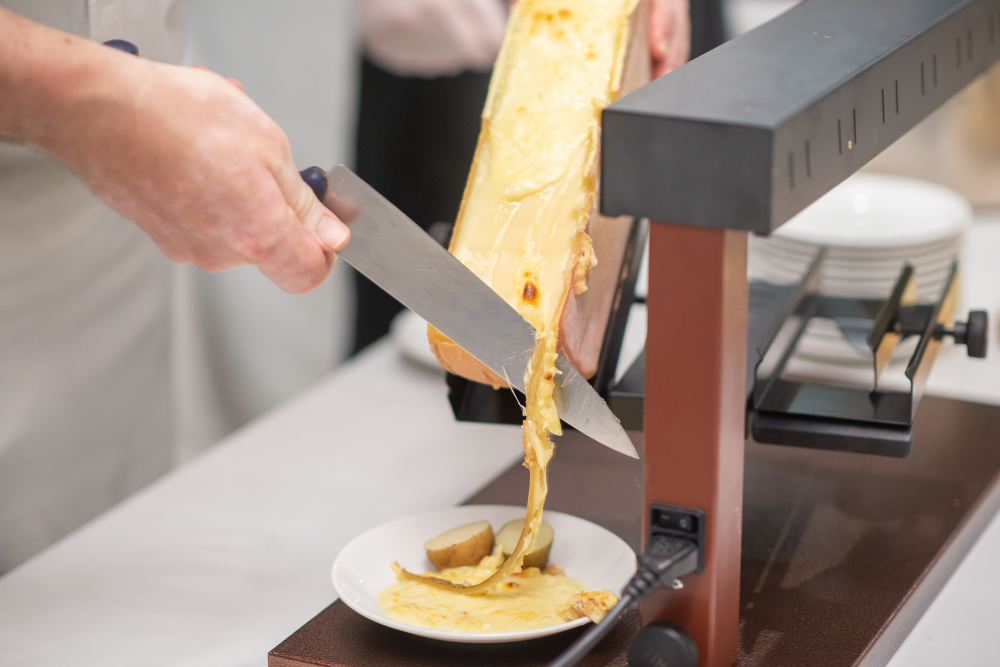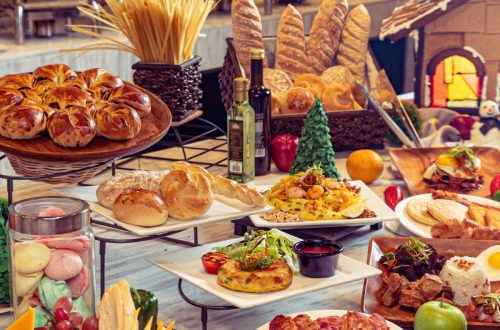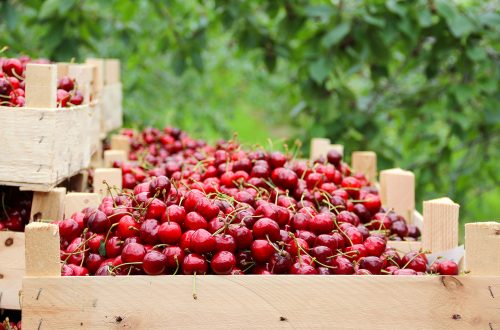
Swiss Cuisine: A Little Bit of Heaven
Have you thought much about Swiss food? Since the 1970s when Swiss fondue was all the rage, I haven’t. But I was inspired to learn more by a new cookbook, Simply Swiss, written by Canadian-born chef and food blogger Andie Pilot, who relocated to Switzerland in 2010. Her new cookbook features 100 of the country’s best-known recipes. While my idea of Swiss food comprises Swiss cheese, Swiss milk chocolate, and muesli (oats, fruits, condensed milk, and yogurt), the Oxford Companion to Food notes that Swiss food traditions are as varied as other countries’ depending on the region.
Many dishes correspond to those found in neighboring France, Germany, and Italy. In most cases, they’re enhanced by the quality of local Swiss ingredients. Not only is Switzerland renowned for its 475 cheeses but also the quality of its meat and dairy. The Swiss are typically willing to pay for quality, and thus, eat less meat. And they treat their animals well. Though many regions are isolated from each other by the Alps, the climate diversity of the country is reflected in its produce. Cereals and fruits are cultivated in the lower plateau north of the Alps while the warm, sunny south is home to grape vineyards, as well as chestnuts and even olives. You can also find local apples, pears, apricots, cherries, plums, and strawberries. As for dairy products, you’ll find them in the mountainous alpine regions.
Pilot says the main family meal is typically eaten at midday and features meat and plenty of cheese. Pork is the first choice of meat, especially in the form of sausages, meat pies, or tarts. Being landlocked, Switzerland doesn’t have plentiful ocean fish, although you can happily dine on fresh fish in the lakes region. But it sure does have potatoes. Two of the most famous Swiss dishes are rosti, a kind of potato cake served as a main course or side dish, and raclette (pictured above), in which half a cheese wheel is heated to melting, then scraped off onto a plate and served with skin-on potatoes and mixed pickles.
As for a more detailed view of the menu, I have the pleasure of passing on the observations of my close friend Carol Birkland, who has spent considerable time in Switzerland, living near Geneva and Bern. She was happy to share her experience with my readers.
“In Geneva,” she says, “the food is pretty much ‘Lyon (France) East.’” She describes two of her favorite restaurants this way. “Au Pied du Couchon (the pig’s foot) pork is king in every way. Le Relais de l’Entrecôte does only one thing: a green salad, then incredibly tender sliced sirloin with their famous ‘secret sauce’ and pommes frites fried in lard. You come in the restaurant, sit down, and then the only thing you say is how you want the sirloin cooked.” You are then served a salad, and the meat starts coming, with the wait staff placing a mark on the white table covering. If you want more, extra marks on the table allow them to compute the bill.
In the town of Celigny, Carol likes the Buffet de la Gare de Celigny by the train station where the frog’s legs Provençal plus steak tartare are among her favorites. And almost every restaurant along Lake Geneva offers the local Filet de Perche.
She spent considerable time in Wengen near Interlaken and Bern, where she and her husband Tom have rented a small chalet every summer for 30 years. There, the food was heavier with a lot of sausage, gravy, and rosti. “One of our favorites in Wengen was at a small family-owned hotel that offered fish, and we would ask them to get us a late trout from either the Lake of Thun or the Lake of Brienz to serve up to six. That fish had been swimming in the incredibly clear lake that morning and was on our plates by 7 p.m.”
As for the cheese, she favors raclette. Fondue, she says, is the tourist favorite. Carol favors a dish called the Malakoff, found most often near Lake Geneva and named for the 1855 Battle of Malakoff where the French routed the Russians during the Crimean War. The dish, invented by Swiss mercenaries, consists of a fried cheese ball of garlic, wine, kirsch, and Gruyere. “Golden and crunchy on the outside and melted on the inside.” And she also highlights the cheese Vacherin Mont d’Or, “a very oozy wonderful cheese that you only can get between mid-September and mid-May.” All you need, she says, is a good baguette on which to spoon some gooey Mont d’Or “with a side of olives and white wine, and you are in heaven.”



